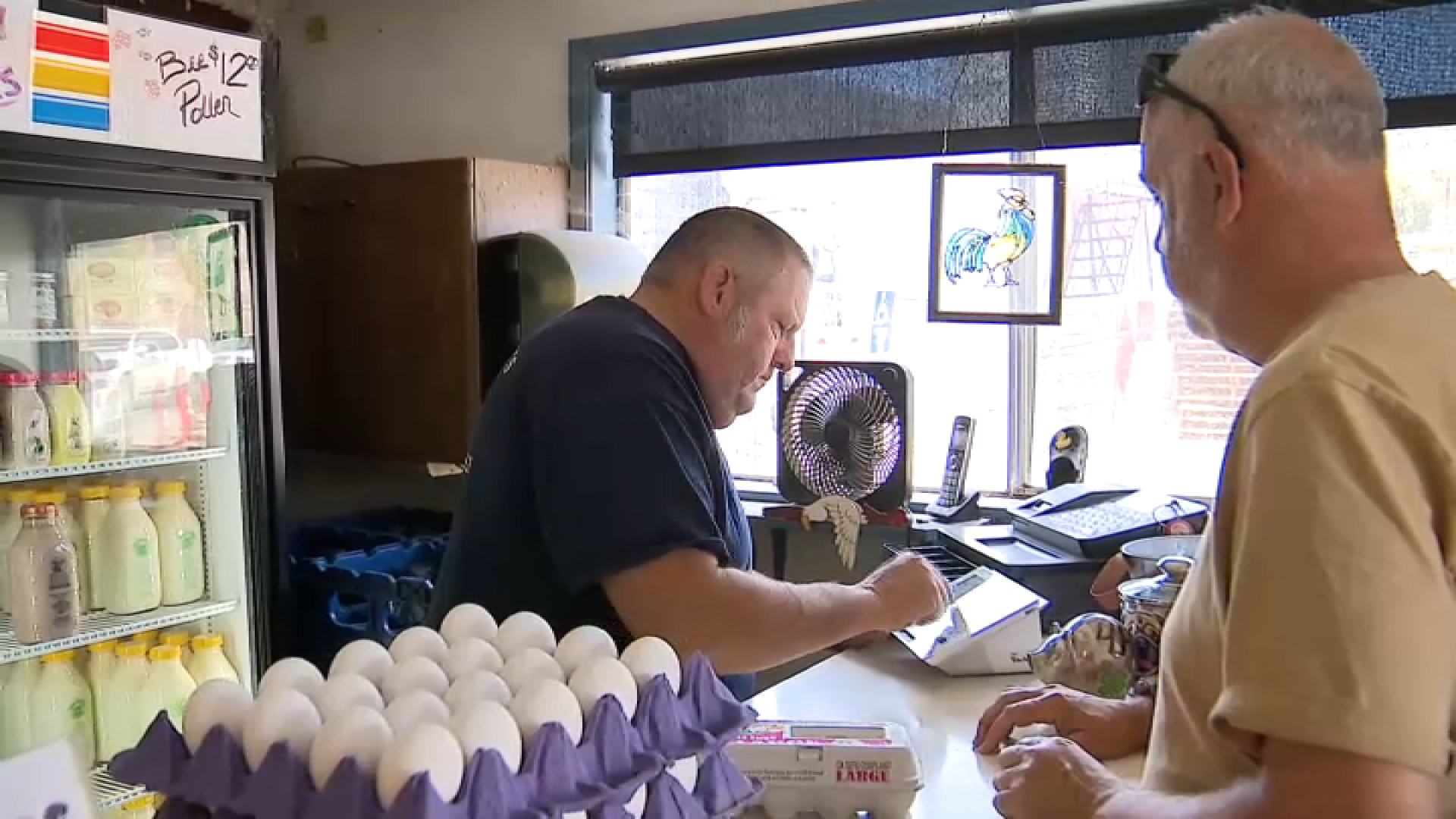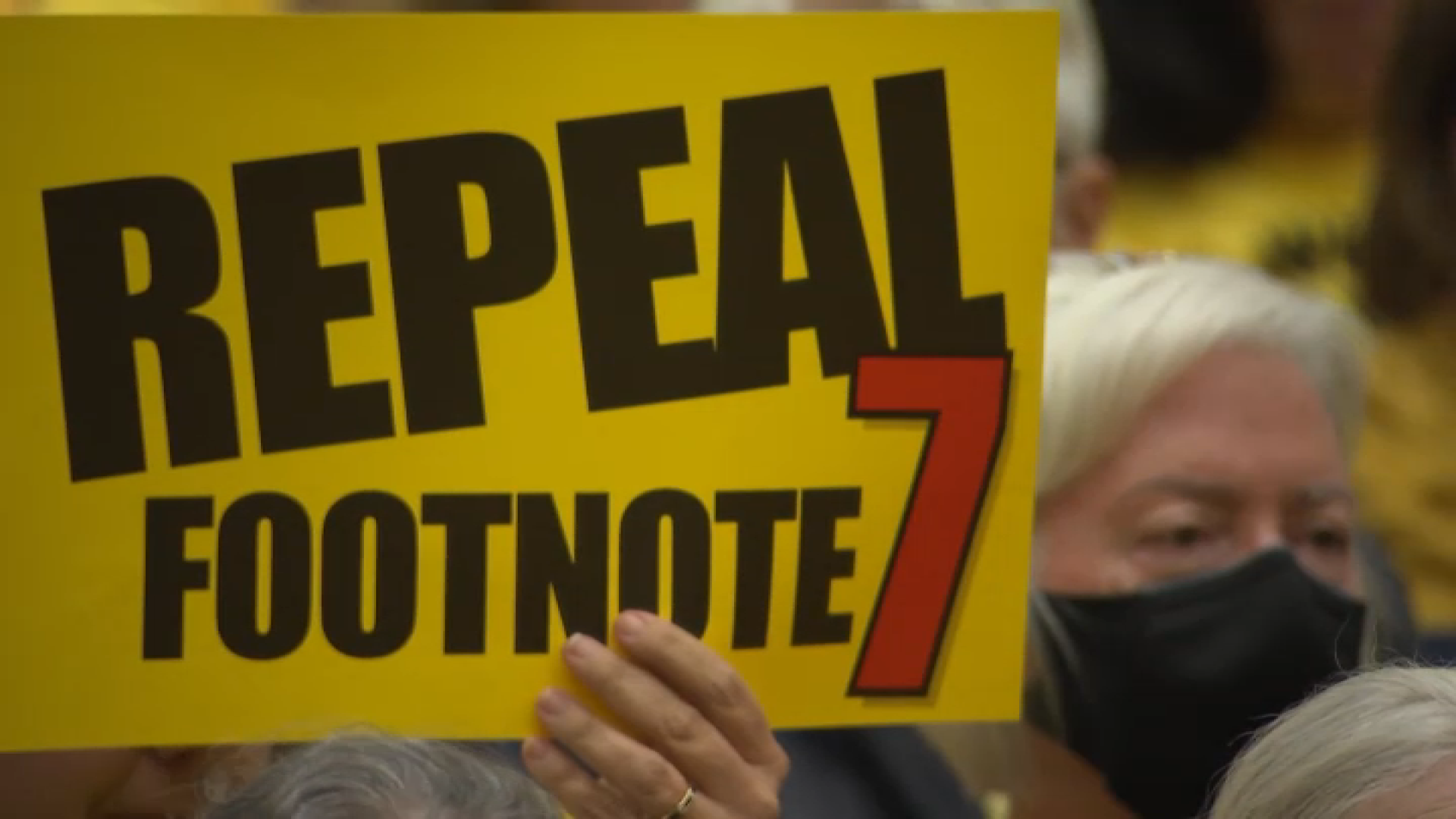Agencies in San Diego County have been using License Plate Readers (LPRs) to track a vehicle’s location and movements on public roads and in parking lots since 2009, newly released documents show.
Supporters tout how successful the technology is at tracking down stolen or wanted vehicles. Opponents argue LPRs are invading personal privacy by tracking individual commuters using GPS and then archiving those results for years in a database accessible to law enforcement.
In San Diego, LPR cameras are either mounted on a vehicle or set up alongside roadways. They scan license plates collecting identifiable information which is uploaded into a searchable database. Law enforcement can then check if the license plate has been reported wanted or stolen.
(mobile readers, click here to see the infographic)
NBC 7 Investigates reached out to SANDAG and every law enforcement agency in San Diego County asking how many stolen vehicles were found through the use of LPR cameras in 2015.
According to the Sheriff’s Department out of the eight million or more license plates they have scanned since March 1, 2014, it received ‘hits’ on 1,601 stolen vehicles.
Local
In 2015, Oceanside Police said they were able to track down approximately 295 stolen vehicles. Out of those vehicles recovered, Oceanside Police Investigators say about 74% or 217 of those vehicles were found using LPR cameras.
According to records from the San Diego County Sheriff’s Department, LPRs are capable of scanning hundreds of license plates an hour. If the LPR scans a license plate of a vehicle that has been reported stolen or wanted, the officer will receive a visible and audible indication from inside their unit, signaling the officer to make a visible confirmation of the plate before making the traffic stop.
NBC 7 Investigates obtained the records through a California Public Records Act request.
According to SANDAG and Sheriff Department LPR usage policies, no warrant is required for authorized users to access the database. The policies also state only authorized users are able to access the LPR database. In order to be an authorized user, the agencies require officers to receive clearance from a supervisor, train on how the database works and provide a lawful reason for a search.
Jan Caldwell, spokeswoman for the Sheriff’s Department, says LPR cameras have assisted in major investigations.
“One of the more high-profile examples include the abduction of Hannah Anderson and the identification of DiMaggio's vehicle as it left San Diego County,” Caldwell told NBC 7 Investigates.
In 2013, officials say James DiMaggio kidnapped Anderson after killing her mother and brother in the community of Boulevard. Less than a week later, Anderson was found safe in the Idaho backcountry by FBI agents who shot and killed DiMaggio.
In a 2014 bulletin distributed to Sheriff’s Deputies, the department announced it is beginning to store all of the information gathered by local LPR cameras with a company called Vigilant Solutions.
Vigilant Solutions’ Executive Chairman Todd Hodnett told NBC 7 Investigates the company works with over 1,000 law enforcement agencies across the country and their database contains over 4.5 billion vehicle location records. He said that number grows by 100 million records a month. According to Vigilant Solutions’ website, the company is collecting LPR data in almost every major metro area in the United States, including San Diego.
In addition to collecting LPR data nationally from law enforcement agencies, the company also receives data commercially. Private institutions provide data through a subsidiary of Vigilant Solutions called Digital Recognition Network (DRN).
According to Vigilant Solutions records, these private institutions collect license plate data through private LPR fleet operators that gather data in locations where vehicles may remain or re-appear for an extended period of time. This includes residential areas, apartment complexes, retail areas or businesses with large employee parking areas.
Fortune 1,000 financial institutions rely on DRN’s data to drive decisions on loan origination, servicing and collections including automotive recovery processes, according to the company’s website. Hodnett told NBC 7 Investigates LPR fleet operators mainly consist of tow-trucks equipped with LPR cameras.
In documents, Vigilant Solutions said this data, combined with the in-transit data collected by law enforcement, “enhances investigative opportunities” in knowing where a vehicle has been and where a vehicle is most likely going.
Critics such as the ACLU have accused companies like Vigilant Solutions and DRN of using LPR technology to keep the public under surveillance. The ACLU has accused the companies of selling LPR data gathered by law enforcement agencies to private companies looking for individuals or vehicles.
Hodnett said that’s not the case.
“It would make no sense for us to take law enforcement data, share it on the commercial side and potentially implode our company," Hodnett said. "I keep hearing the terms surveillance and ‘you can track the movements of people’, that’s based on the false premise that you can have enough LPR cameras to actually gather enough data to be able to do what you’re saying.”
When asked if there are any other clients in San Diego County using Vigilant Solutions or DRN, a spokesperson for the company said in an email, “It is up to our clients to reveal their contracts with us. We can only confirm if an agency has been publicly on the record saying that they are a customer of ours. We do not have permission from any clients in the San Diego area to discuss.”
Local police departments NBC 7 Investigates spoke with said they send and store LPR data with ARJIS, the joint powers agency managed by SANDAG to share information with agencies in San Diego and Imperial counties.
LPR data collected by the Sheriff’s Department is stored for 730 days or two years, according to the Sheriff’s Department.
According to SANDAG, they store LPR data for 12 months before it is purged.
Even though organizations like the ACLU say this data can paint a picture into the public’s personal life or at the very least, a vehicle’s movements, the data does not belong to the public, according to the Sheriff’s Department documents.
Through a state public records request, NBC 7 Investigates obtained an LPR training presentation for Sheriff’s deputies first using the equipment. One of the PowerPoint presentation slides said, “Captured information is considered ‘Investigative.’ It is ours, not the public’s.”
This argument was at the center of a lawsuit in 2013 when a local technology entrepreneur took SANDAG to court, fighting to obtain all records pertaining to him and his vehicle that may have been obtained through the use of LPRs. Michael Robertson said he wasn’t after money, he was after government transparency.
Last year, the courts ruled in SANDAG’s favor allowing the agency to withhold all of the records Robertson was seeking. Robertson has since began volunteering his time to assist the ACLU with future litigation relating to license plate readers and unsealing the data gathered so it can be released to the public.
In 2015, while seeking access to LPR databases for ICE members, the Department of Homeland Security published a Privacy Impact Assessment on the use of LPR systems where they acknowledged the risks to the public’s privacy.
The assessment said, “there is a risk that individuals will not have adequate or meaningful notice that their license plate information will be collected by commercial license plate vendor services…Individuals are unable to consent to the retention and use of their license plate data in a commercial database.”
For other countries, LPR technology is beginning to make it’s way into everyday uses for the general public. Hodnett said other countries, such as the UK, have started to use LPR technology to replace attendants for gated communities or facilities. For this, a fixed LPR camera is setup to scan and opens the gate, only for license plates permitted access to the facilities.
Hodnett said, in the United States, the technology is beginning to be used this way but is in the very beginning stages of entering the market.



